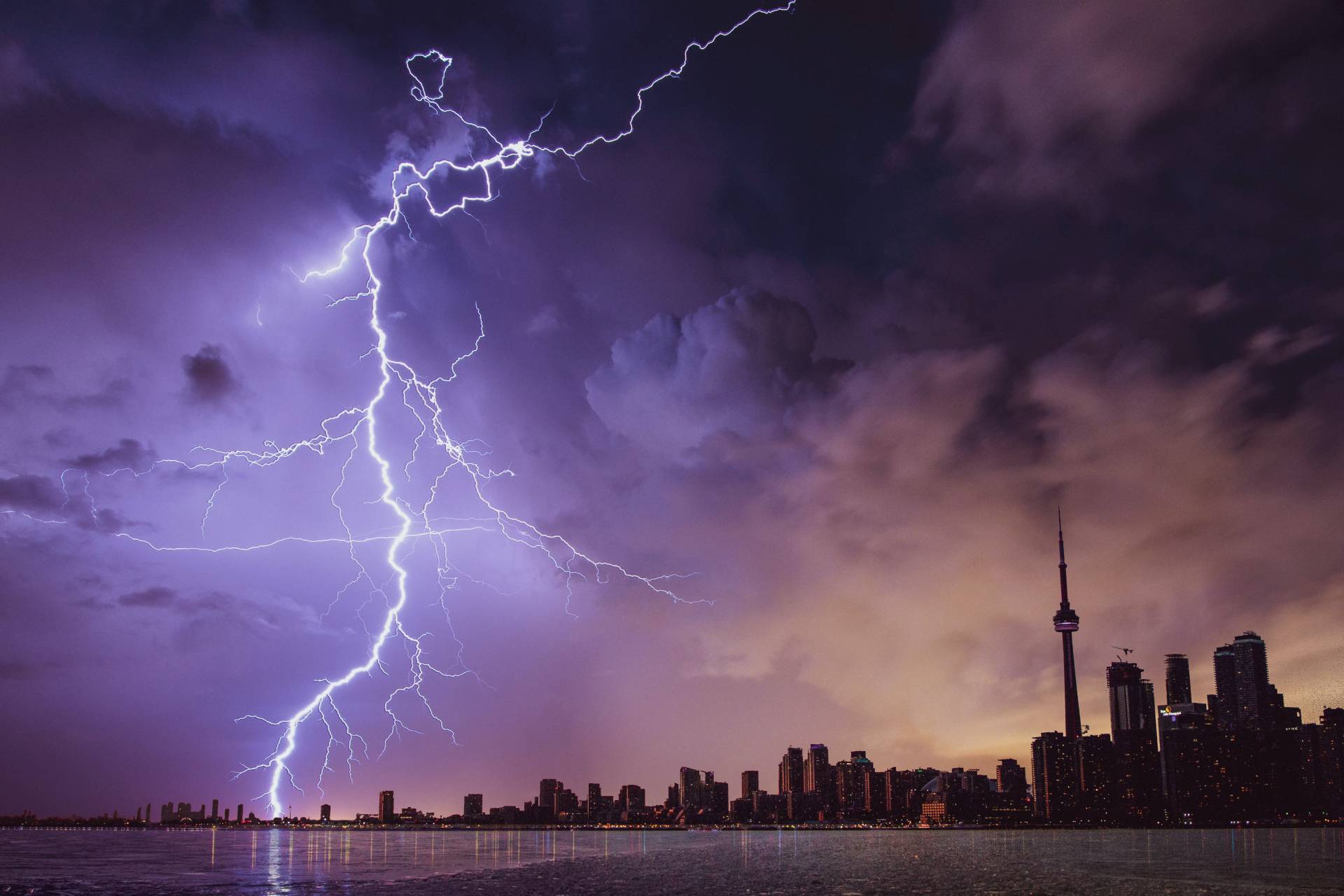The eastern United States is bracing for severe thunderstorms while the Southwest continues to grapple with a relentless heat wave during the long Fourth of July weekend. As the National Weather Service issues warnings and updates, it’s crucial to stay informed about the potential flash flooding, heavy rain, and dangerous heat conditions that could affect various regions. Let’s delve into the details of these weather phenomena and their impact on different parts of the country.
The National Weather Service has forecasted severe thunderstorms across swaths of the eastern United States, stretching from the lower Great Lakes to southern New England. These storms are likely to bring scattered showers and thunderstorms, increasing the chances of flash flooding in some areas. Additionally, there is a lower possibility of heavy rain and thunderstorms extending into the interior Southeast and the Deep South.
The agency also notes that a cold front moving into the Ohio Valley will gradually deliver drier and cooler air to the East Coast. As a result, the chance of showers and thunderstorms is expected to decrease on Independence Day as the low-pressure system weakens further. However, it’s essential to remain vigilant and stay updated with the latest weather forecasts in your area.
The severe weather conditions have not only disrupted daily life but have also affected sporting events. The NASCAR Cup, for instance, experienced a delay due to torrential rains in Chicago. The race, originally scheduled for Saturday, had to be postponed to Sunday. This weather-related delay showcases the importance of weather monitoring and preparedness, even in the realm of professional motorsports.
Likewise, outdoor activities and events across the affected regions have been affected by the severe thunderstorms and heavy rain. From New York and Pennsylvania to Arkansas, reports of flooding have emerged, further highlighting the need for caution and preparedness during severe weather events.
While the eastern United States braces for severe thunderstorms, the South continues to endure a relentless heat wave. However, there is some respite in sight, as the weather service predicts that the heat will be “less oppressive” on Monday. Nonetheless, high temperatures in the mid-90s, coupled with heat indices approaching 105-110 degrees, can still pose risks to individuals spending extended periods outdoors.
As the Fourth of July approaches, the heat wave is expected to shift further southward. The weather service advises people to take necessary precautions and remain aware of the potential dangers associated with prolonged exposure to high temperatures. Hydration, seeking shade, and limiting outdoor activities during peak heat hours are essential to mitigate the risks posed by the heat wave.
While the eastern United States experiences severe thunderstorms and the South battles the heat wave, the Desert Southwest and West Coast face their own set of challenges. The weather service warns that heat will be the main story in these regions, with temperatures well into the triple digits forecasted. Areas like the Central Valley region of California and the desert Southwest can expect scorching temperatures.
This prolonged heat wave poses risks to public health, as extreme heat can lead to heat-related illnesses and exacerbate existing medical conditions. It’s crucial for individuals residing in these regions to follow the guidelines provided by local authorities and take necessary precautions to stay safe during this intense heat wave.
The combination of severe thunderstorms in the eastern United States and the heat wave in the Southwest and West Coast creates a dynamic weather pattern. As a result, the weather service anticipates the possibility of challenging daily high temperature records on Monday. This emphasizes the significance of accurate weather forecasting and monitoring to ensure the safety and well-being of individuals in affected areas.
As severe thunderstorms sweep through the eastern United States and a heat wave continues to impact the South, staying informed about the weather conditions becomes paramount. The National Weather Service’s updates and warnings provide crucial information to help individuals and communities prepare for and mitigate the risks associated with these weather phenomena. By remaining vigilant and following recommended safety measures, we can navigate through these challenging weather patterns and stay safe during this Fourth of July weekend.
First reported by NBC News.













